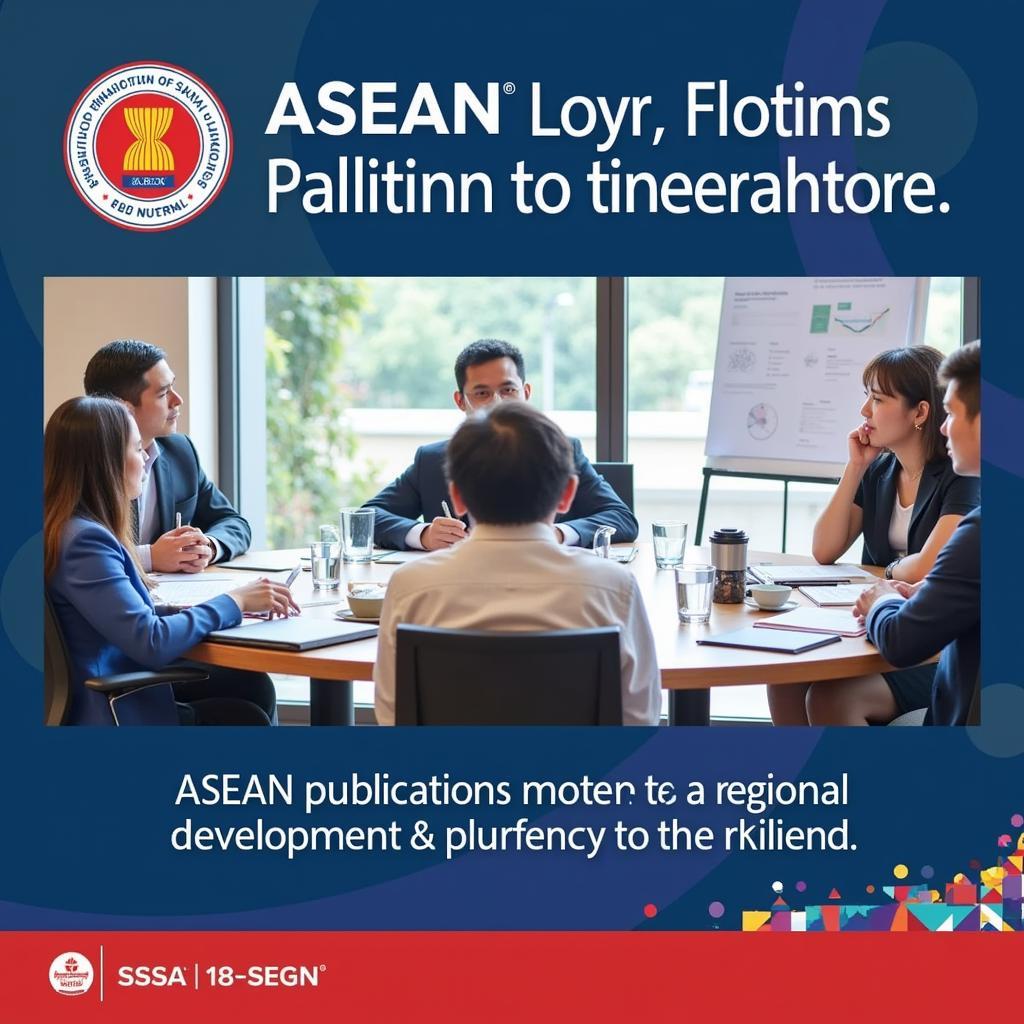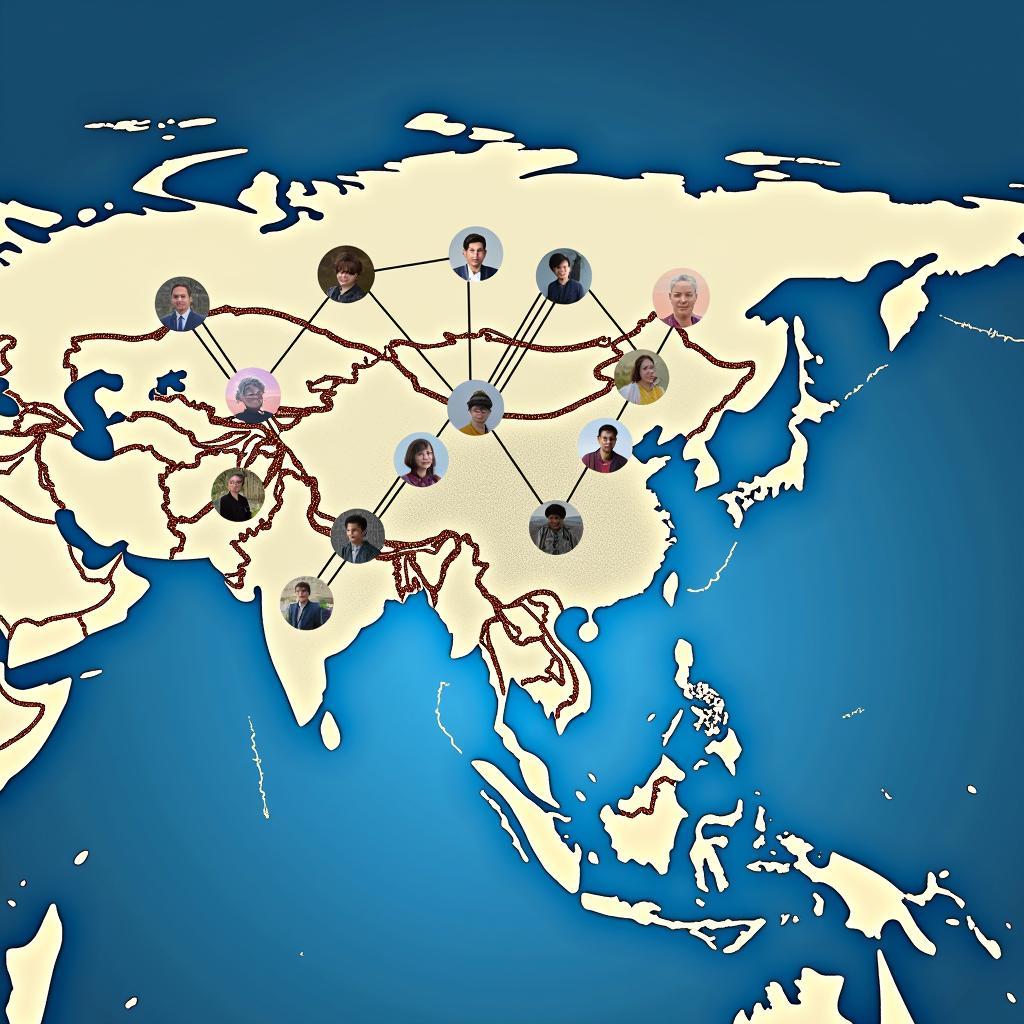ASEAN healthcare presents a dynamic landscape, marked by both challenges and opportunities. With diverse healthcare systems and varying levels of development across its member states, navigating the complexities of ASEAN healthcare can seem daunting. This guide provides valuable insights into the key aspects of healthcare in the ASEAN region, aiming to provide clarity and foster a deeper understanding of this critical sector.
Understanding ASEAN’s Healthcare Landscape
The ASEAN region comprises ten diverse nations, each with its own unique healthcare infrastructure and challenges. While Singapore boasts a world-class healthcare system, countries like Myanmar and Laos grapple with limited resources and access issues. Understanding these disparities is crucial for developing effective regional healthcare strategies.
Key Challenges in ASEAN Healthcare
Despite significant progress in recent years, ASEAN healthcare faces a number of pressing challenges:
- Rising Non-Communicable Diseases (NCDs): Rapid urbanization and lifestyle changes have led to an increase in NCDs like diabetes, cardiovascular diseases, and cancer, putting a strain on healthcare resources.
- Growing and Aging Population: ASEAN’s population is both growing and aging, leading to increased demand for healthcare services, particularly long-term care.
- Shortage of Healthcare Professionals: Many ASEAN countries face a shortage of qualified doctors, nurses, and specialists, particularly in rural areas.
- Health Financing: Ensuring sustainable and equitable healthcare financing remains a significant challenge, with out-of-pocket expenditure still high in many countries.
Opportunities in ASEAN Healthcare
The challenges in ASEAN healthcare are coupled with significant opportunities for innovation and growth:
- Digital Health Revolution: The rapid adoption of technology is transforming healthcare delivery in ASEAN. Telemedicine, mobile health apps, and AI-powered diagnostics offer promising solutions to improve access and efficiency.
- Regional Collaboration: ASEAN has a strong platform for regional collaboration in healthcare. Initiatives like the ASEAN Health Cooperation Work Plan facilitate knowledge sharing, capacity building, and joint research efforts.
- Growing Middle Class: The expanding middle class in many ASEAN nations is driving demand for higher quality and specialized healthcare services, creating opportunities for private sector investment.
- Medical Tourism: Several ASEAN countries are becoming popular destinations for medical tourism, attracting patients seeking affordable and high-quality healthcare services.
ASEAN’s Response to Healthcare Challenges
Recognizing the importance of a robust healthcare sector, ASEAN has taken proactive steps:
- ASEAN Post-2015 Health Development Agenda: This comprehensive framework guides regional cooperation on priority health issues, including NCDs, communicable diseases, and access to essential medicines.
- ASEAN Association of Clinical Laboratory Sciences: This organization plays a crucial role in promoting quality assurance and standardization in laboratory medicine, vital for accurate diagnosis and treatment.
- ASEAN Association of Clinical Laboratory Scientists: By fostering professional development and collaboration among laboratory scientists, this association strengthens the region’s capacity for disease surveillance and outbreak response.
asean association of clinical laboratory scientists
Investing in ASEAN’s Healthcare Future
Investing in ASEAN healthcare presents a compelling opportunity for both local and international stakeholders. Public-private partnerships, innovative healthcare financing models, and a focus on developing a skilled healthcare workforce are crucial for creating a more resilient and responsive healthcare ecosystem in the region.
Conclusion
ASEAN healthcare is at a pivotal juncture. While challenges remain, the region’s commitment to collaboration, innovation, and investment paves the way for a healthier future for its citizens. By embracing the opportunities presented by technology, regional integration, and a growing middle class, ASEAN has the potential to become a global leader in healthcare innovation and accessibility.
FAQ
What are the main challenges facing healthcare in ASEAN?
Key challenges include the rising burden of NCDs, an aging population, shortages of healthcare workers, and ensuring equitable healthcare financing.
What are some of the opportunities in the ASEAN healthcare sector?
The digital health revolution, a growing middle class, potential for regional collaboration, and rising medical tourism present promising opportunities.
How is ASEAN addressing healthcare challenges?
ASEAN has implemented frameworks like the ASEAN Post-2015 Health Development Agenda and fostered organizations like the ASEAN Association of Clinical Laboratory Sciences to strengthen regional healthcare cooperation.
Why is investing in ASEAN healthcare important?
Investing in ASEAN healthcare is crucial for improving health outcomes, fostering economic growth, and achieving sustainable development in the region.
What are the key areas for investment in ASEAN healthcare?
Priority areas include developing a skilled healthcare workforce, strengthening primary healthcare systems, embracing digital health solutions, and promoting public-private partnerships.
What role can individuals play in supporting ASEAN healthcare?
Individuals can contribute by adopting healthy lifestyles, supporting local healthcare providers, advocating for improved healthcare policies, and staying informed about health issues.
What are some resources for learning more about ASEAN healthcare?
The ASEAN Secretariat, World Health Organization, and reputable health journals provide valuable information on ASEAN healthcare.
Need help navigating the ASEAN healthcare landscape?
Contact us at Phone Number: 0369020373, Email: [email protected], or visit us at Thôn Ngọc Liễn, Hiệp Hòa, Bắc Giang, Vietnam. Our dedicated team is available 24/7 to assist you.


